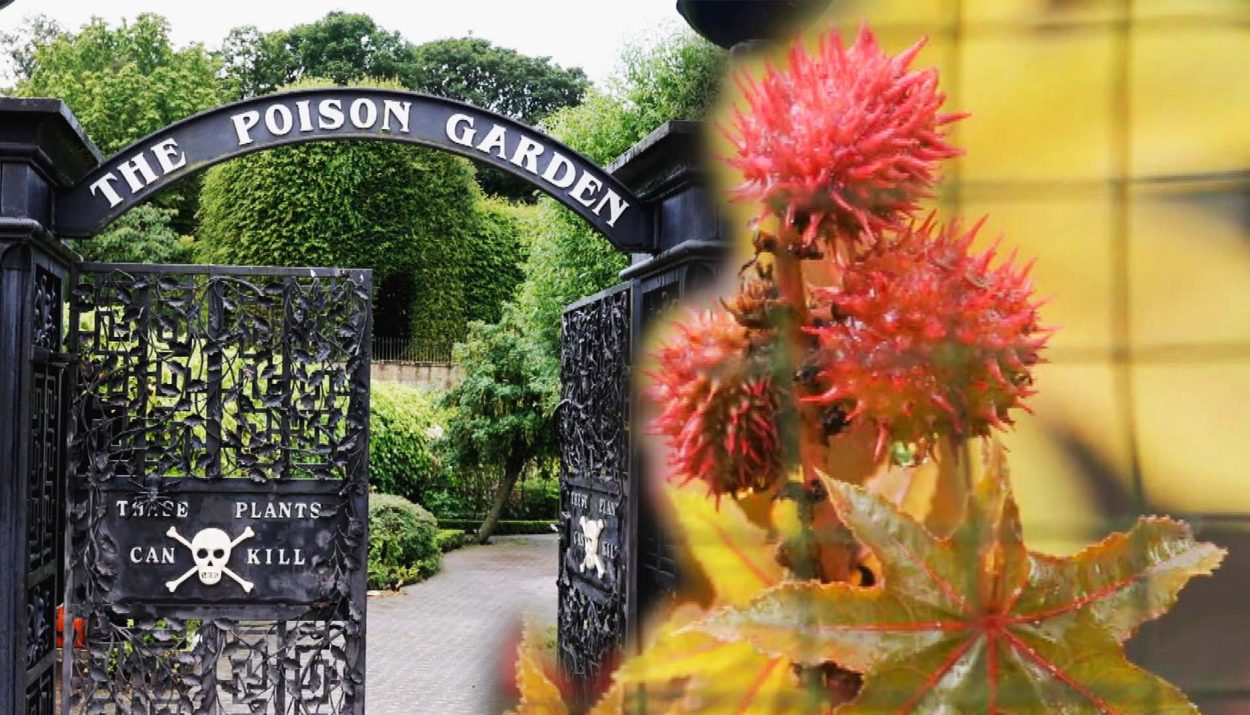Often, we consider plants to be a healthy, nutrient-packed food source, but not all plants are friendly. If you ever tangled with a cactus or had a run-in with poison ivy, you know that some plants can hold their own in a fight. Moving beyond mild skin irritations, there are plants that are so poisonous and toxic that they can kill.
There are, quite literally, hundreds of dangerous and deadly plants growing around the world. If this macabre side of botany holds a special fascination for you, you can visit England’s famous Poison Garden when one very unusual duchess grows more than one hundred different types of poisonous plants.
Alnwick Garden, More than Just Poison
The Poison Garden is just one of several unique and unconventional gardens at The Alnwick Garden in England’s Northumberland. The attraction opened in 2001 after a team of gardeners and landscapers, under the direction of the Duchess of Northumberland, designed and built a series of one-of-a-kind gardens.
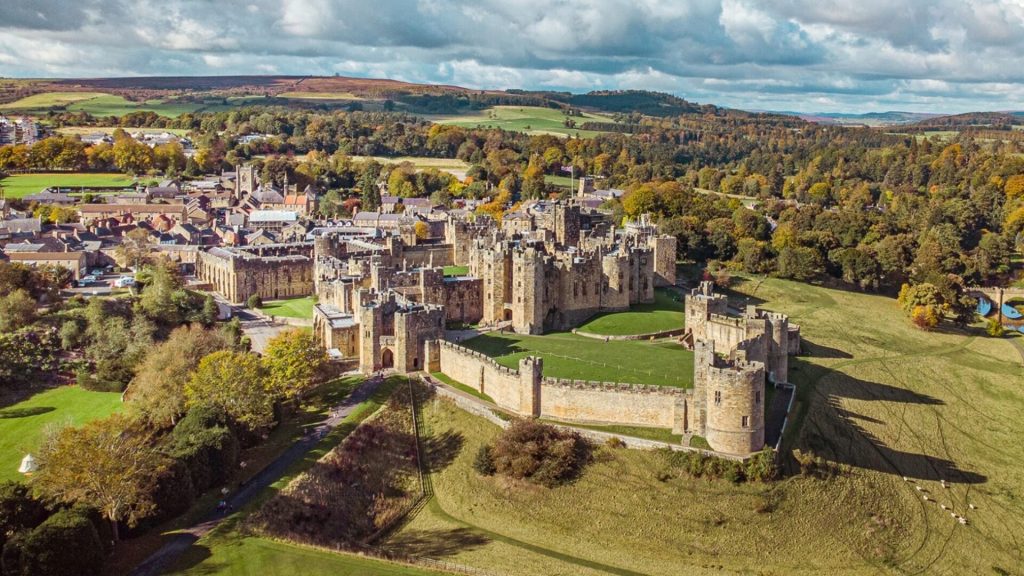
At Alnwick Garden, visitors can tour the modern garden, the rose garden, the water garden, and the ornamental garden. There is a mysterious and exotic labyrinth through tall bamboo plants. Alnwick Garden is home to the United Kingdom’s largest collection of native European plants and boasts the largest Japanese cherry orchard in the world.
An Unexpected Duchess and a Magical Castle
Alnwick Garden, and its famous Poison Garden, were the brainchild of Jane Perry, the Duchess of Northumberland. When Perry’s husband’s older brother passed away suddenly in 1995, the title of Duke of Northumberland passed to her husband. That made Perry an unexpected duchess. The couple inherited more than just royal titles. They also inherited Alnwick Castle.

If Alnwick Castle looks familiar to you, it is because this beautiful, grand castle was the filming location for the first two Harry Potter movies. The exterior of Alnwick Castle was used for the exterior shots of Hogwarts. Additional scenes were filmed at Alnwick Castle’s outer bailey and inner bailey.
The Gardens Were a Mess
When Jane Perry and her husband took possession of Alnwick Castle, the traditional seat of the Duke of Northumberland, the gardens were a mess. They had been neglected and ignored until they were an overgrown and unsightly mess. While her husband set about his duke-ly duties, Perry turned her attention to the gardens.

If anyone assumed that Jane Perry planned to turn the garden space into the standard manicured, symmetrical landscaping that was the hallmark of England’s castles, they were wrong. Perry had a vision. She wanted to transform the grounds of Alnwick Castle into a showplace of garden styles … one of which was particularly morbid.
A Huge Undertaking
To accomplish her vision, Perry enlisted the help of Jacques Wirtz, a well-known and respected landscape architect. Wirtz had roughly 14 acres of land to work with … plenty of space to create separate, themed gardens linked together by a series of stone paths and charming walkways.
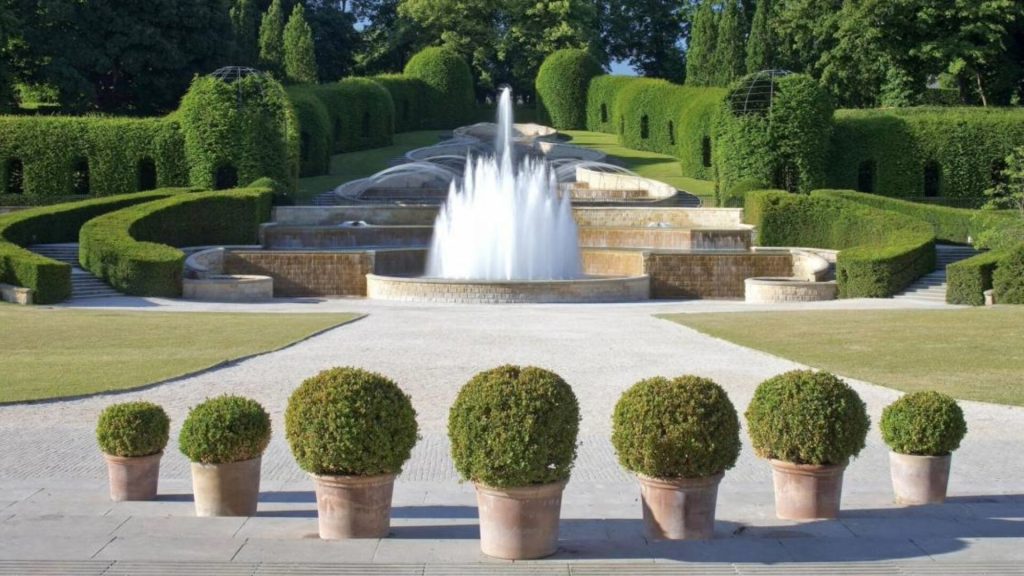
Perry’s ultimate goal was to open the grounds of Alnwick Castle to the public. After working on the landscaping for a few years, she was ready to welcome guests to the beautiful gardens where they could stop to smell the roses. But she also included one garden space – one that attracted about 600,000 guests per year – where smelling the plants is strictly off limits.
An Apothecary Garden … With a Twist
During the design phase of the landscaping project, Jane Perry visited other renowned gardens looking for inspiration. In Italy, she was introduced to apothecary gardens … gardens in which medicinal plants were grown. During a stop at the Medici poison garden in Italy, she learned that apothecary gardens can come with a twist.

Many plants that are valued for their medicinal properties can either cure or kill, depending on the dosage and how it is prepared. There has long been speculation that members of the Medici family used poison to secure powerful positions in the Renaissance era. In particular, Catherine de Medici, who became the queen of France, collected poisons in her personal apothecary.
The Alnwick Castle Poison Garden
After her time in Italy, Jane Perry knew she wanted to include an apothecary garden at Alnwick Castle … but she wanted to add a deadly twist. She wanted to showcase some of the world’s most lethal and dangerous plants.

With Wirtz, she carved out a small area of the castle grounds and filled it with plants known for being poisonous, toxic, hallucinogenic, intoxicating, noxious, and narcotic. To ensure the public’s safety, the Poison Garden is surrounded by a tall fence with a locked iron gate. Guests can only enter the garden with a trained tour guide.
Local and Exotic Plants with Interesting Backstories
Space is at a premium in the Poison Garden, so Jane Perry is selective about the plants grown there. Her goal was to present a collection of plants native to northern England, as well as exotic plants from around the world. She looked for ones with interesting backstories or historical connections.
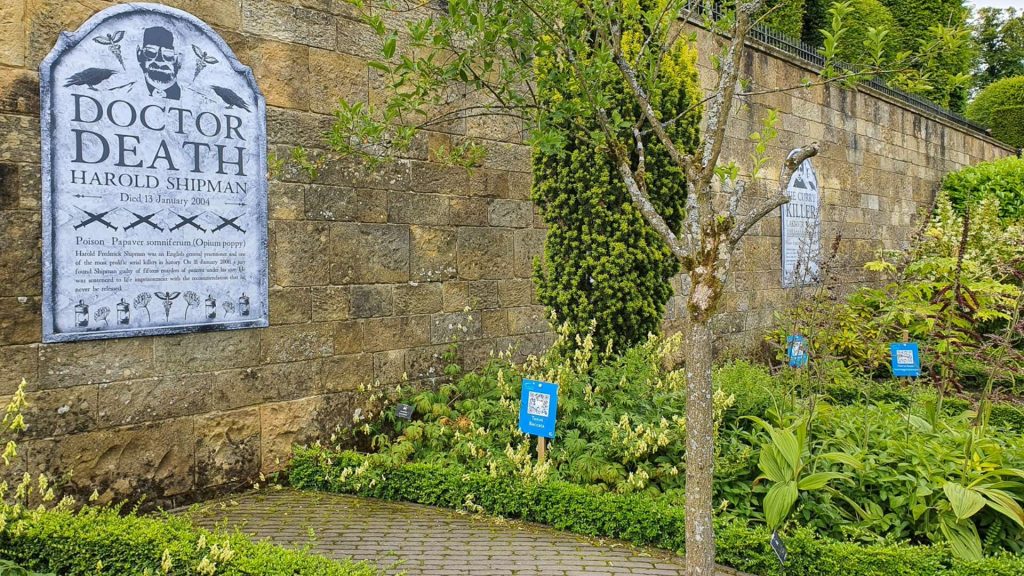
One of the featured plants is laurel, which is commonly found across the UK. According to Perry, visitors to the Poison Garden often comment on the laurel because they have it growing at their own homes. Most people have no idea just how toxic laurel is.
Growing a Deadly Collection
Along with the laurel, the Poison Garden includes deadly nightshade, belladonna, wolf’s bane, Christmas rose, laburnum tree, monkshood, and angel’s trumpet. Perhaps the deadliest plant in the collection is the caster oil plant, or Ricinus communis. The lethal ricin poison is derived from the beans of the caster oil plant.
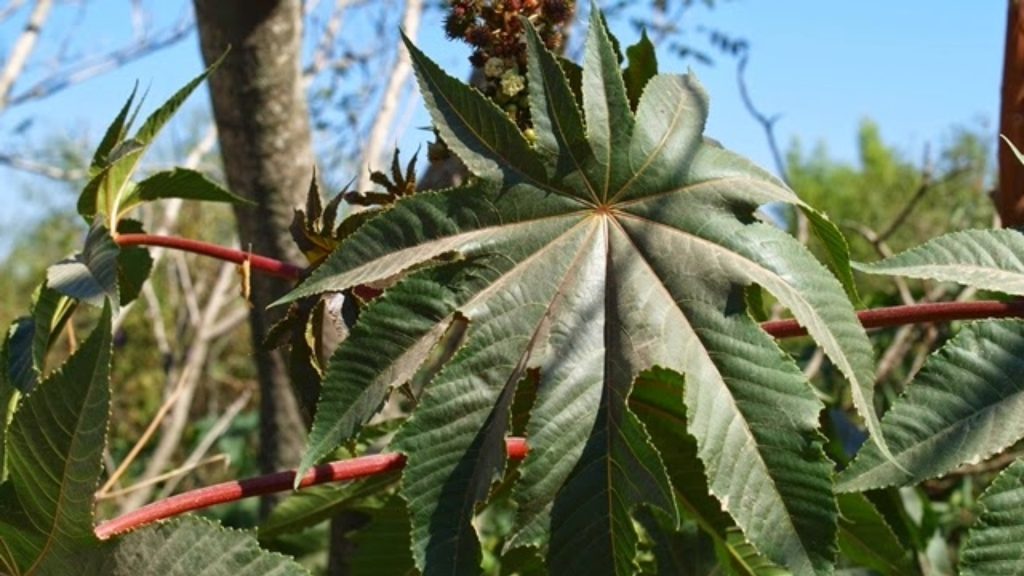
Some of the plants found in the Poison Garden were once commonly used in folk remedies, including yew and periwinkle. In large doses, these, too, can be dangerous.
Intoxicating Plants
A number of the plants found in the Alnwick Poison Garden are intoxicating plants used to make illegal and recreational drugs. In fact, the gardeners at Alnwick Poison Garden joke that they grow the “ABCs of drugs.” Opium poppies are a Class A drug. Cannabis is a Class B drug, and Catha edulis is classified as a Class C drug.
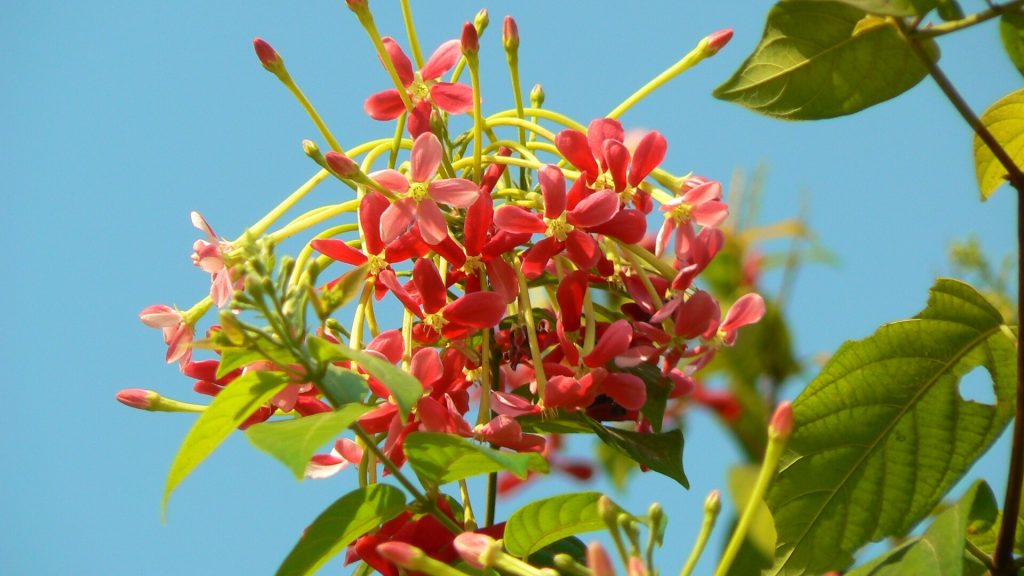
Perry and the gardeners are required by law to keep careful records of the plants grown in the Poison Garden. The garden is routinely inspected by authorities and Perry files regular reports to keep local officials abreast of the deadly plants. She even alerts the authorities when a plant has died or has been destroyed at the end of the growing season.
2024 Is a Year of Poison
Perry has announced that 2024 will be the ‘Year of Poison’ at Alnwick Castle. Special events will be scheduled throughout the summer to educate visitors about the plants in the Poison Garden. As always, guests need to schedule a guided tour if they want to see the Poison Garden and there are strict rules against smelling, touching, or tasting the plants.
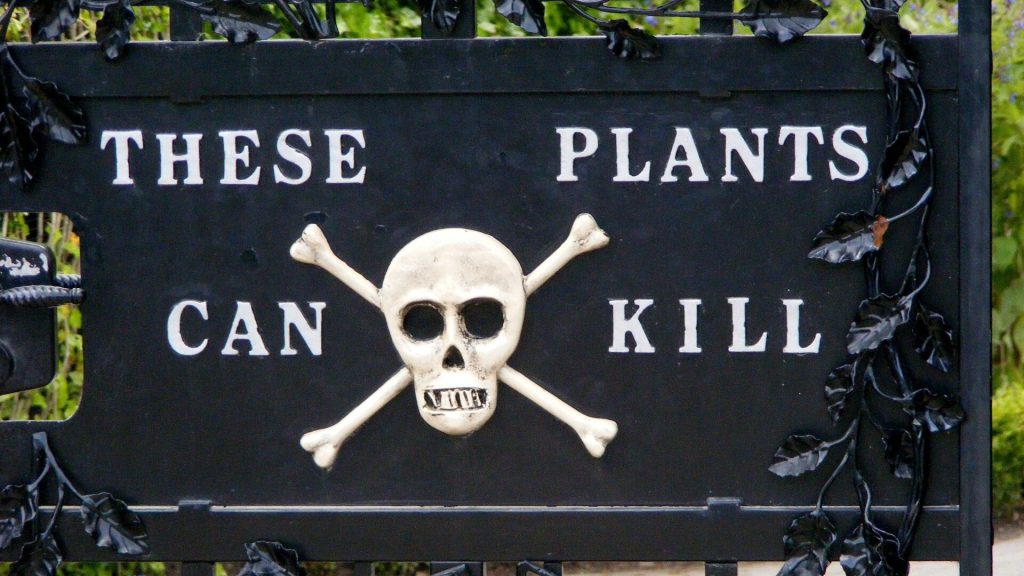
Perry’s goal in creating the Poison Garden has always been education. She knows that the Poison Garden is a popular attraction because deadly plants hold a dark, yet fascinating appeal, however she hopes that people leave with a new-found appreciation for plants that evolved and adapted a lethal defense mechanism.

